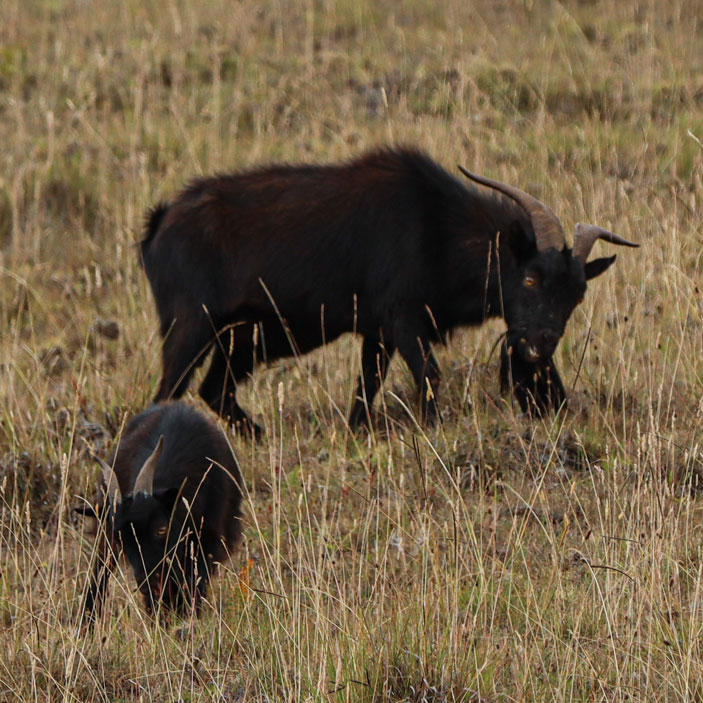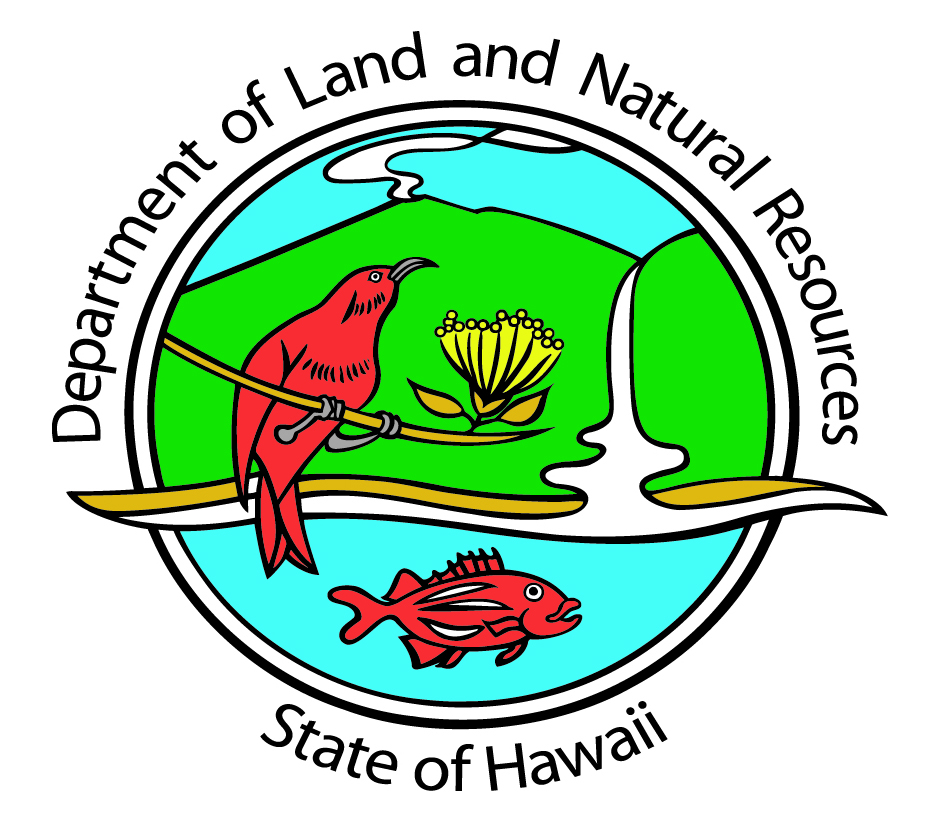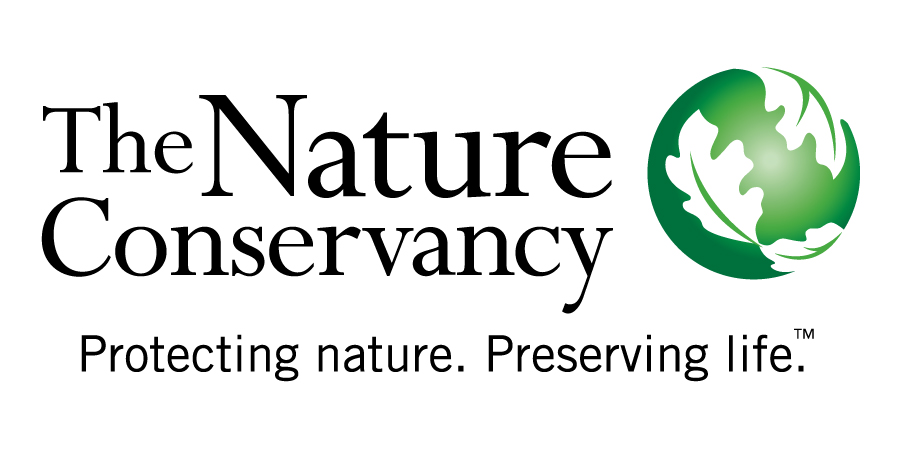Animal Threats
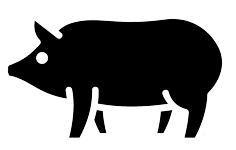
Hoofed Animals (Ungulates)
- Eat native plants with no adapted defense to browsing animals
- Grazing and trampling cause bare soils and increase erosion and changing of water runoff patterns
- Open areas created by these animals effect the nutrients, moisture and light of the forest creating places unfavorable for native species and more susceptible to introduced plant seeds
- Reduced native bird and invertebrate populations with habitat loss
Introduced Birds
- Compete with the native birds for food
- Distribute the seeds of invasives (they like them better)
- Larger birds prey on native bird chicks
- Carriers of bird diseases like avian malaria and avian pox
Small Mammals
- Prey on Hawaiian birds, tree-dwelling and land birds
- Eat eggs including the ground nesting shearwater
Here are a few examples:
Animals listed here are feral = no longer dependent on people
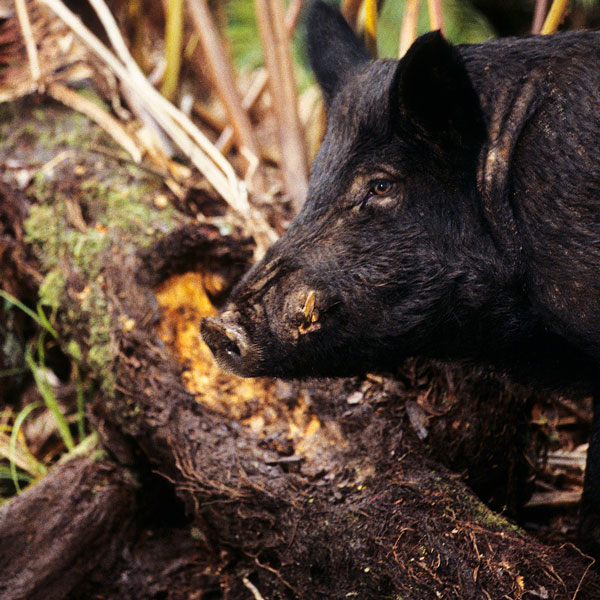
Wild Boar
Wild Boar have devastating impacts when it comes to Hawaiʻi’s native habitat. Feral pigs root up large land areas increasing erosion and create mud wallows ideal for breeding mosquitoes that spread avian diseases. They also help spread the seeds of invasive plants into the newly tilled soil they create. Feral pigs also harbor and transmit many infectious waterborne pathogens creating concern for Hawaiʻi’s water quality.
Rat
Rats eat seeds of native plants, making reproduction difficult. They have also been observed to chew stems of young plants often killing them before they can reach maturity. It does not stop with damage to plants, rats are omnivores who will eat whatever than can get their hands on including Maui’s rare native invertebrates and bird eggs. These disruptions to the ecology of the watershed areas have potentially wide-ranging effects.
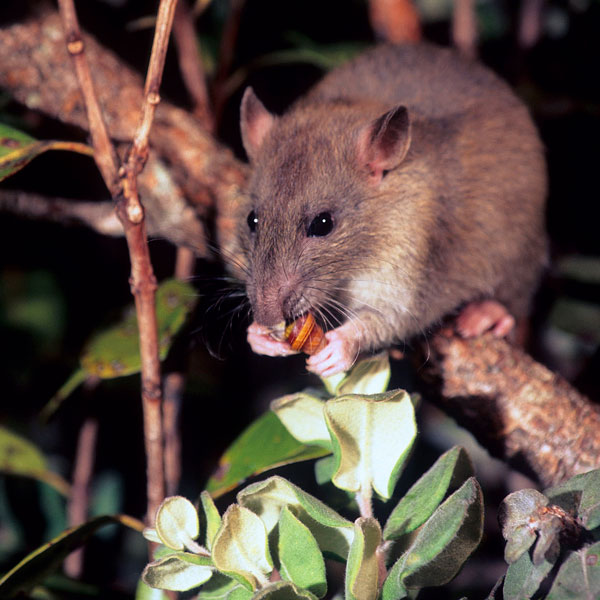
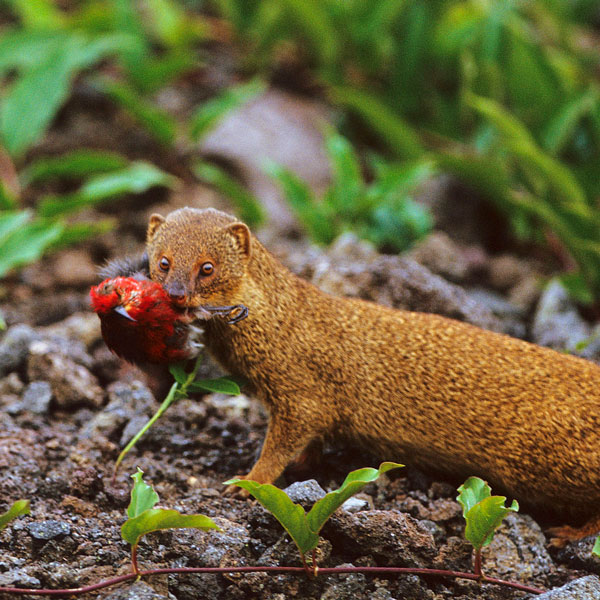
Mongoose
Mongooses (not mongeese!) were introduced to the islands to control the rats. Only one problem: Rats are nocturnal (active during the night) and mongooses are diurnal (active during the day). So, instead of preying on rats, mongoose will eat birds, their chicks and their eggs.
Cat
Yup, cats. Undomesticated cats that live at higher elevations away from human development cause a threat our Hawaiʻiʻs native birds. These silent predators stalk unsuspecting prey and can even prey on flightless chicks nesting in burrows. Without wild predators to keep their population in check these year round breeders of up to 3 litters a year can multiply quickly.
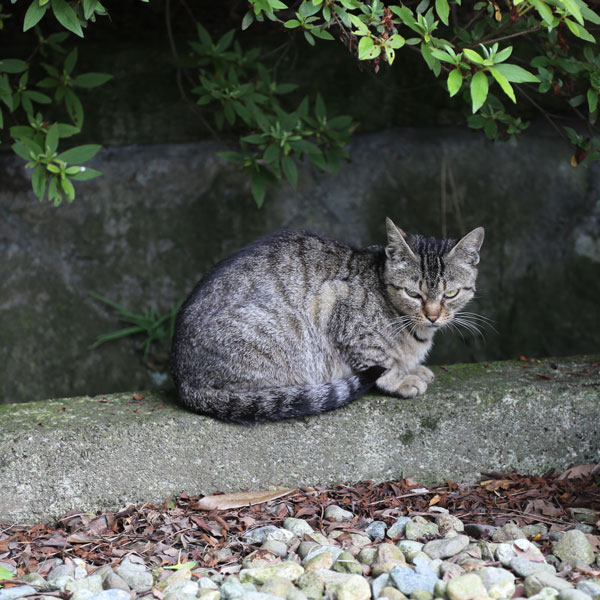
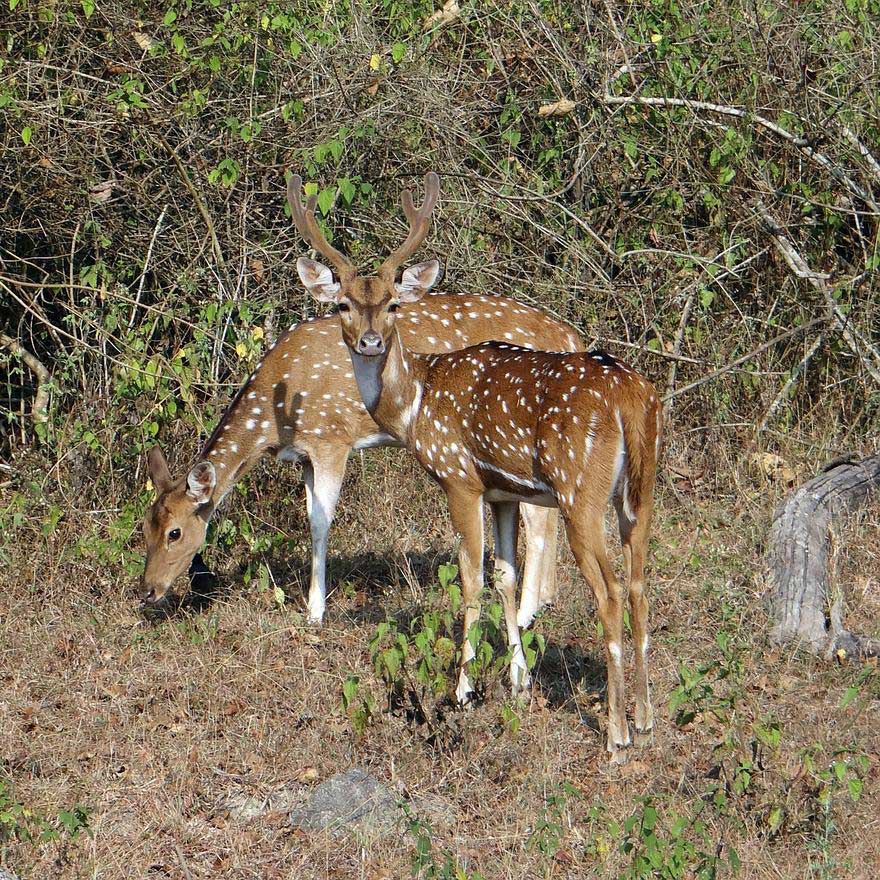
Axis Deer
Deer is one of Maui’s newest threats and growing fast due to lack of natural predators. Not only do they graze on local crops and affect Maui’s agriculture, but they can also can move up to higher native forested watershed areas and contribute to erosion, dispersal of invasive seeds, and graze and trample native flora and fauna.
Goat
Feral goats eat and trample the native plants that make up Maui’s native forests. Goats can walk on tremendously steep hillsides, making it difficult to fence them out of steep areas. Once widespread on the high elevation windward slopes of Haleakala, large scale fencing efforts have been successful at keeping them out of this unique part of the watershed.
